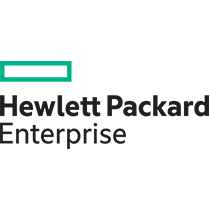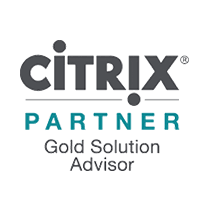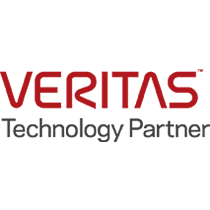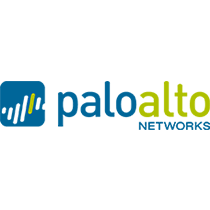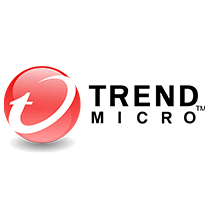Cloud computing is a state-of-the-art technology that is dominating the Information Technology (IT) domain in this digital age. It provides an all-embracing flexible, scalable and a secure solution that drives enterprise operations in the 21st century.
According to the conclusions developed by a global survey, the cloud market will continue to flourish in coming years. It is predicted that the demand for strategically implemented cloud services will experience a surge of almost 18% and the worldwide revenue will increase from $209.2 billion to approximately $246 billion by the year 2020.
Automation is one of the prime elements of cloud computing solutions that aids enterprises in achieving speed efficiency. It is a comprehensive set of processes driven by software automation tools that automates working and reduces manual efforts with regard to provisioning and management of cloud workloads.
According to technical experts, automation is often confused with another cloud element known as cloud orchestration.
Here are some major differences between cloud automation and cloud orchestration:
Terminologies
Though both cloud automation and orchestration can automatically align resources for managing cloud computing workloads, they can be differentiated on the basis of their respective working nature. Cloud automation sets up single and exclusive tasks like web server launching and configuring, service termination, etc. to run on its own. Whereas cloud orchestration can automate a set of multiple tasks at once. It automates arrangement, management and coordination of computer systems and services for executing a larger workforce. It arranges an array of automated tasks in order to achieve consolidated workflows.
Resource Utilization
Cloud automation employs resources independently for automating tasks. Whereas orchestration enumerates resources, Identity and Access Management (IAM) roles, type of instances, etc. for achieving accurate results, while surging the speed of operations. According to the leading cloud computing service providers, it utilizes resources more efficiently and combines varied automated tasks into a single workflow.
Performance
Automation involves huge amounts of coding and is conducted in a well-defined sequence under strict policies and security guidelines. On the other hand, orchestration is focused on ensuring comprehensive performance of all undergoing automated tasks in a definite order with respect to one another and within a workflow. It also aids in preventing errors by optimizing coding.
According to the cloud computing service experts, automation and orchestration both refer to the configuration and running of various types of IT infrastructure in the cloud and carry a subtle distinction (only). They help enterprises in decreasing their respective IT costs and achieving standardization of processes across the spectrum in order to surge their consistency and reliability.






